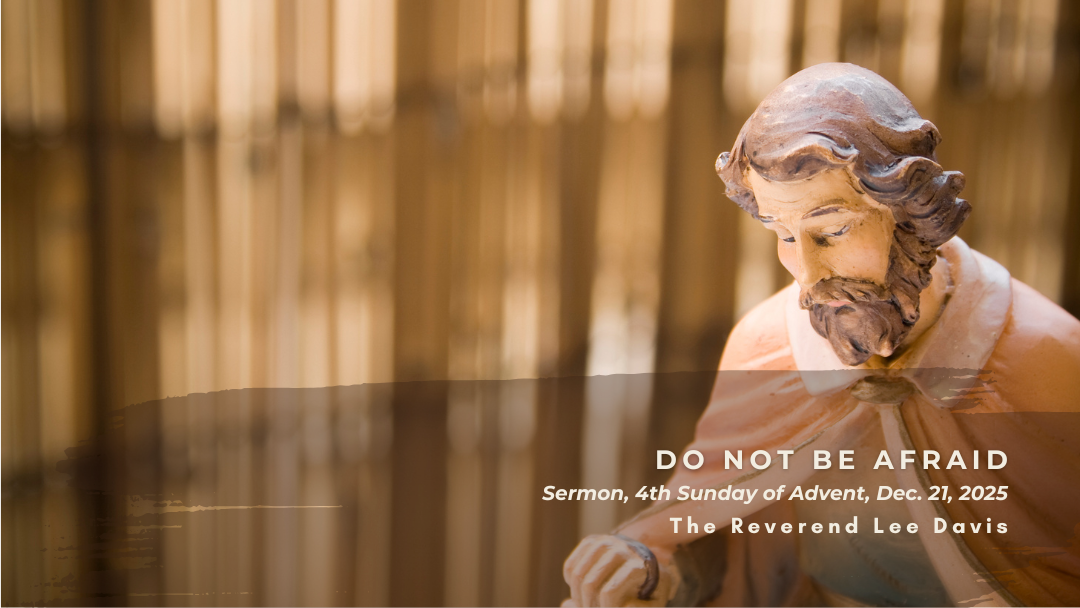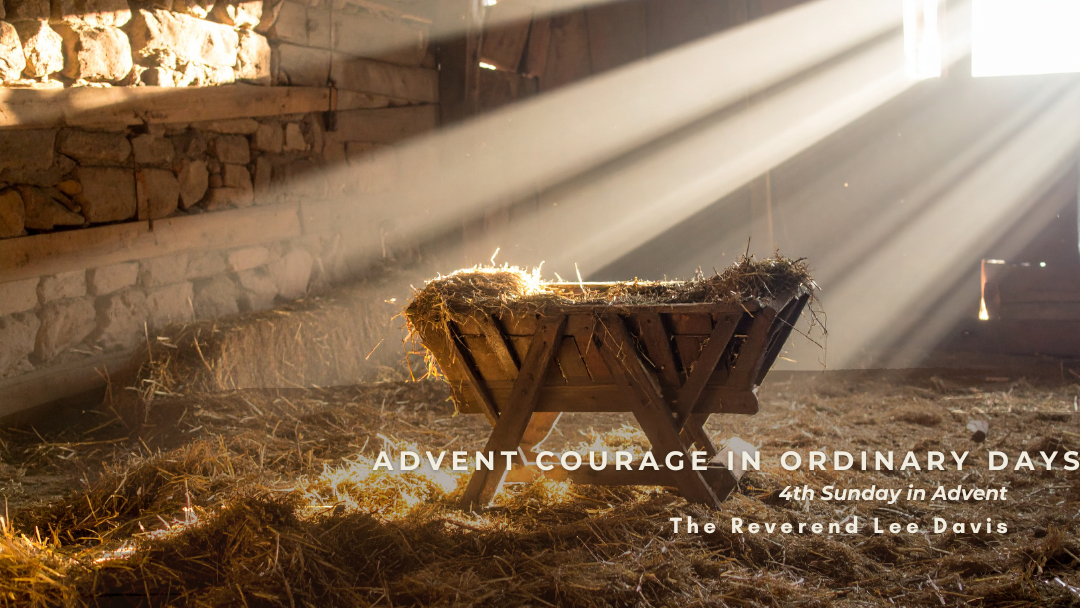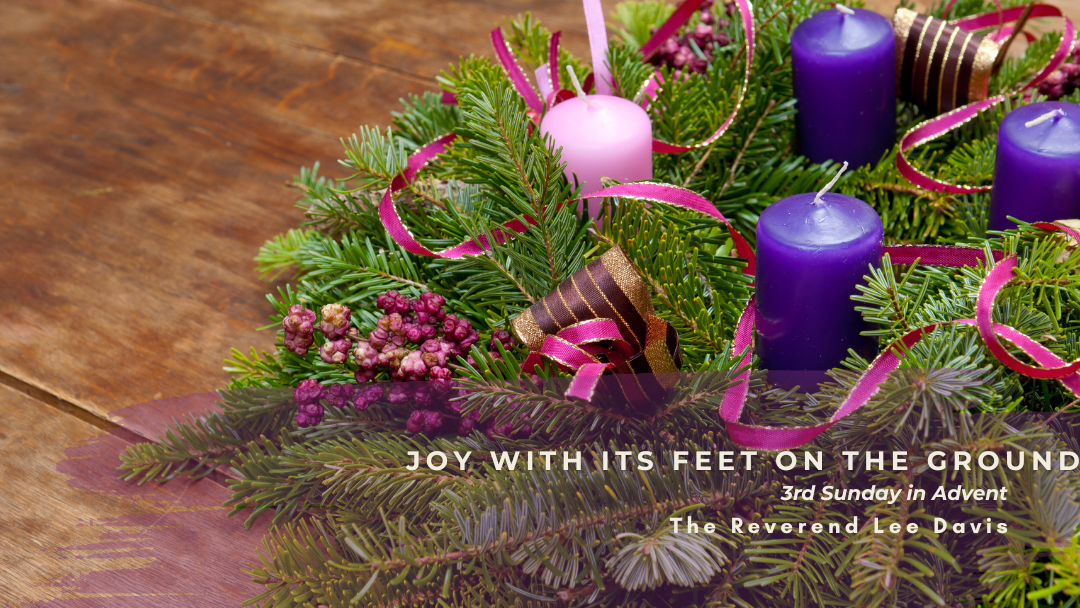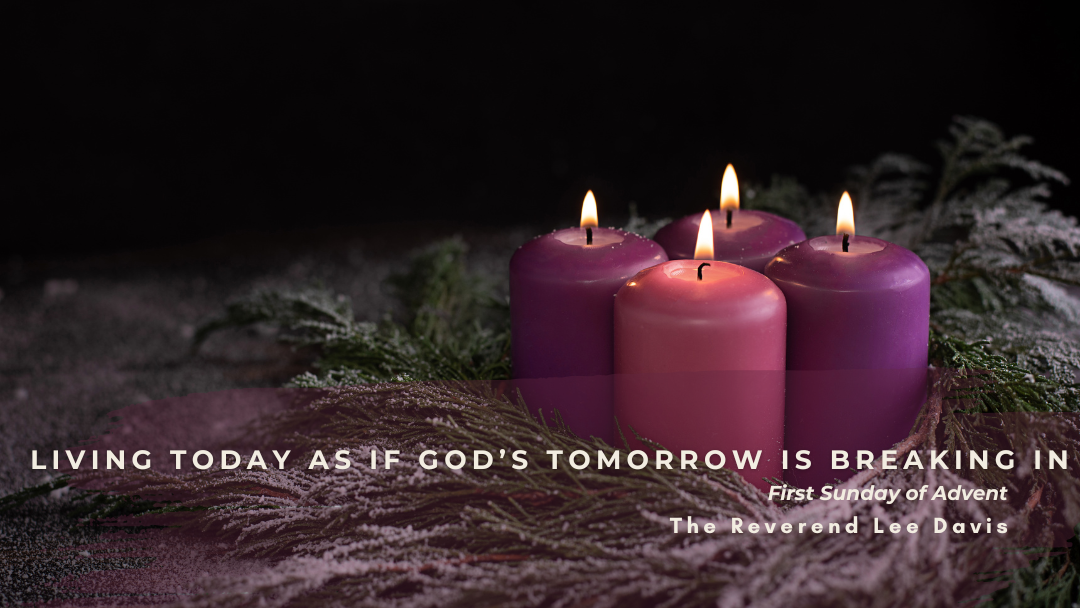Cultivating the Harvest of Righteousness
Cultivating the Harvest of Righteousness
The Apostle Paul’s letter to the Philippians is a treasure trove of love and encouragement. In Philippians 1:3-11, Paul’s gratitude for the church in Philippi shines through as he gives thanks for their partnership in the Gospel and prays for their continued growth in love, knowledge, and insight. His words culminate in a beautiful hope—that they will be “filled with the harvest of righteousness that comes through Jesus Christ, to the glory and praise of God” (v. 11, NRSV).
This imagery of a “harvest of righteousness” invites us to reflect on how our faith grows and bears fruit in our lives. It beckons us to consider the soil of our hearts, the seeds we plant, and the conditions we cultivate to yield a harvest that glorifies God.
At the heart of this passage is the recognition that the harvest of righteousness is not something we can produce on our own. Paul emphasizes that it “comes through Jesus Christ.” This reminder points us to the source of all righteousness: God’s grace, made known to us in Christ.
In Scripture, righteousness often refers to being in right relationship—with God, with others, and with the world around us. This kind of life is not achieved through human effort alone but through the transformative power of the Holy Spirit working in and through us. Just as a farmer depends on sunlight, rain, and soil for a fruitful harvest, we depend on the abiding presence of Christ to nurture and sustain us.
Our role, then, is to remain rooted in Christ. Through prayer, worship, and engagement with Scripture, we open ourselves to God’s work in our lives, allowing Christ to shape our hearts and actions in ways that reflect his love and justice.
Paul’s prayer for the Philippians includes a wish that their “love may overflow more and more with knowledge and full insight” (v. 9). This love is not a vague feeling but an active, growing force that matures as we deepen our relationship with God and others.
Love and knowledge work together to create the conditions for righteousness to flourish. Knowledge helps us discern what is right and good, while love inspires us to act with compassion and humility. Together, they transform our actions and relationships, creating a ripple effect of grace and justice in the world.
We cultivate this love by immersing ourselves in God’s Word, practicing gratitude, and engaging in acts of kindness and service. Each of these practices helps us grow in understanding and embody the self-giving love of Christ.
The purpose of this harvest is not personal acclaim but the glorification of God. Paul prays that the Philippians will bear this fruit “to the glory and praise of God” (v. 11). When we live lives of integrity, humility, and compassion, we point beyond ourselves to the God who empowers us to love and serve.
The fruits of righteousness are not merely internal qualities but tangible expressions of God’s kingdom on earth. Whether through advocating for justice, caring for those in need, or building communities of faith, the harvest of righteousness brings hope and healing to a broken world. It becomes a living testimony to the transformative power of God’s grace.
How Can We Cultivate the Harvest?
- Pray for Growth: Just as Paul prayed for the Philippians, we can pray for an increase in love, knowledge, and discernment in our own lives. Ask God to open your heart to areas where growth is needed.
- Stay Rooted in Christ: Deepen your connection to Christ through regular prayer, participation in worship, and reading Scripture. These practices keep us aligned with God’s will and purpose.
- Bear Fruit in Service: Engage in acts of compassion and justice. Every act of kindness and service is a seed of righteousness that contributes to the harvest.
- Trust the Process: Spiritual growth is often slow and unseen, like seeds sprouting beneath the soil. Trust in God’s timing and be patient as you grow in righteousness.
As we reflect on this passage, especially during the season of Advent, we are reminded of the importance of preparation. Just as a farmer prepares the fields for planting, we prepare our hearts for Christ’s coming by cultivating love, knowledge, and righteousness.
The harvest of righteousness is not an end in itself but a response to God’s love. It is an invitation to participate in God’s work of renewal and reconciliation, allowing our lives to bear witness to the Gospel.
What are some ways you’ve experienced or witnessed this harvest in your life or community? How might you prepare your heart to grow in love and righteousness in this season? Let us encourage one another as we strive to live lives that glorify God and bear the fruit of Christ’s love.













